Takayama and Shirakawago - return tour from Nagoya
Size:up to 5 people
Duration:11 hours
Transportation:Private transportation
85,000 JPY
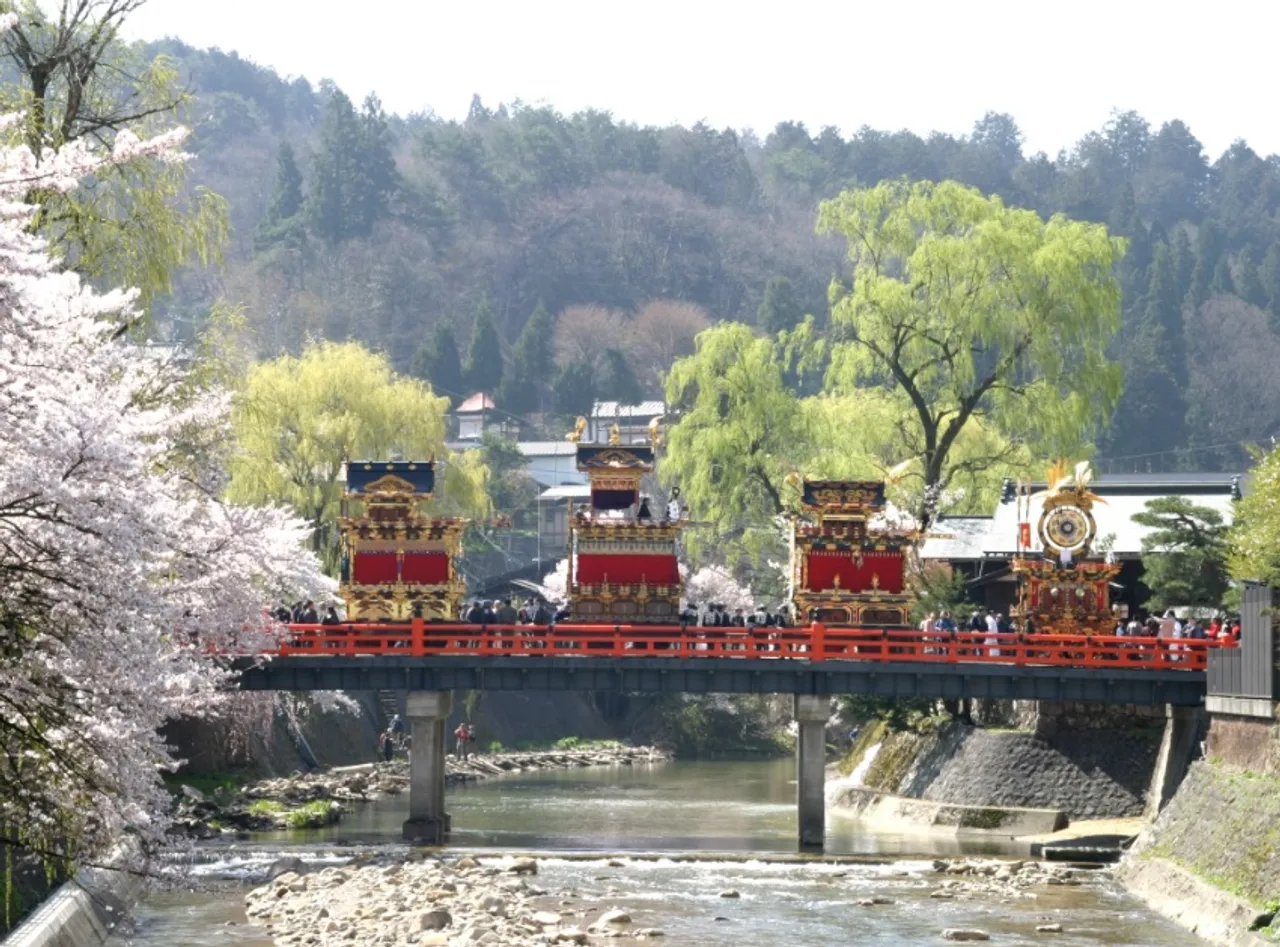
Pick up from hotel/station in Nagoya and back
Overview of your Nagoya tour:
You can enjoy both Hida-Takayama and Shirakawago in the same day and will drive you from Nagoya and back.
Takayama festival: every year
Spring festival:14 & 15/April
Autumn festival: 9 & 10/October
You can see the festival if you visit this day
Takayama is well known for remaining old houses from Edo period.
This area also has been famous for Sake production where you can enjoy many choices of Sake tasting.
Shirakawago village is World Heritage and is famous for its traditional and unique Kayabuki(made from grass) farmhouses, with most ancient houses from 250 years ago.
--Visiting in Winter--
Shirakawa-go region snows heavy in winter. Please have coat and boots for winter snow.
Your Nagoya tour itinerary
8:00 - Pick up at hotel in Nagoya or any station in Nagoya.
10:30 - arrive Takayama, visit markets and scenic area of Takayama, enjoy Sake tasting
11:30 - Lunch at Hida beef restaurant
12:30 - visit Showa period (1926-1989)museum
13:30 - visit Takayama festival museum
14:00 - move to Shirakawago
15:00 - Tour through old Kayabuki(thatched roof) houses
16:30 - View from mountain of Shirakawago
17:30 - return to Nagoya
20:30 - arrive hotel in Nagoya
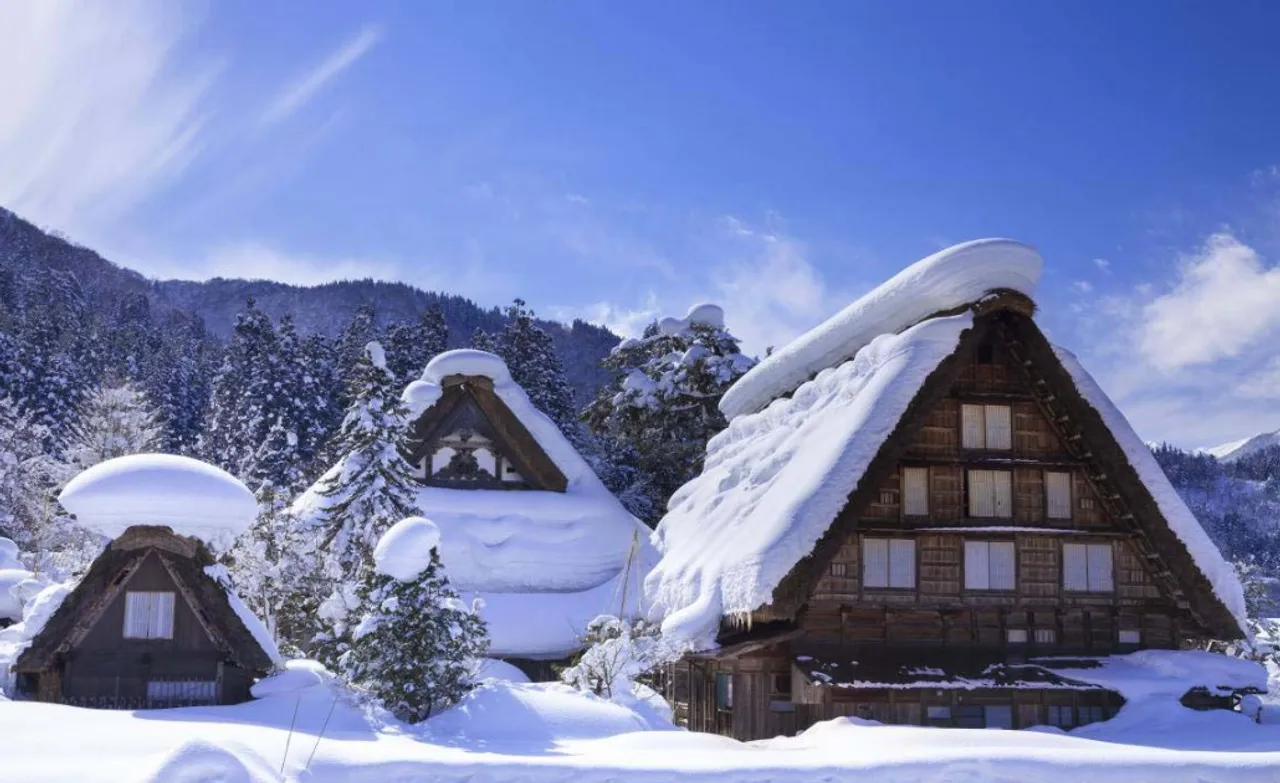
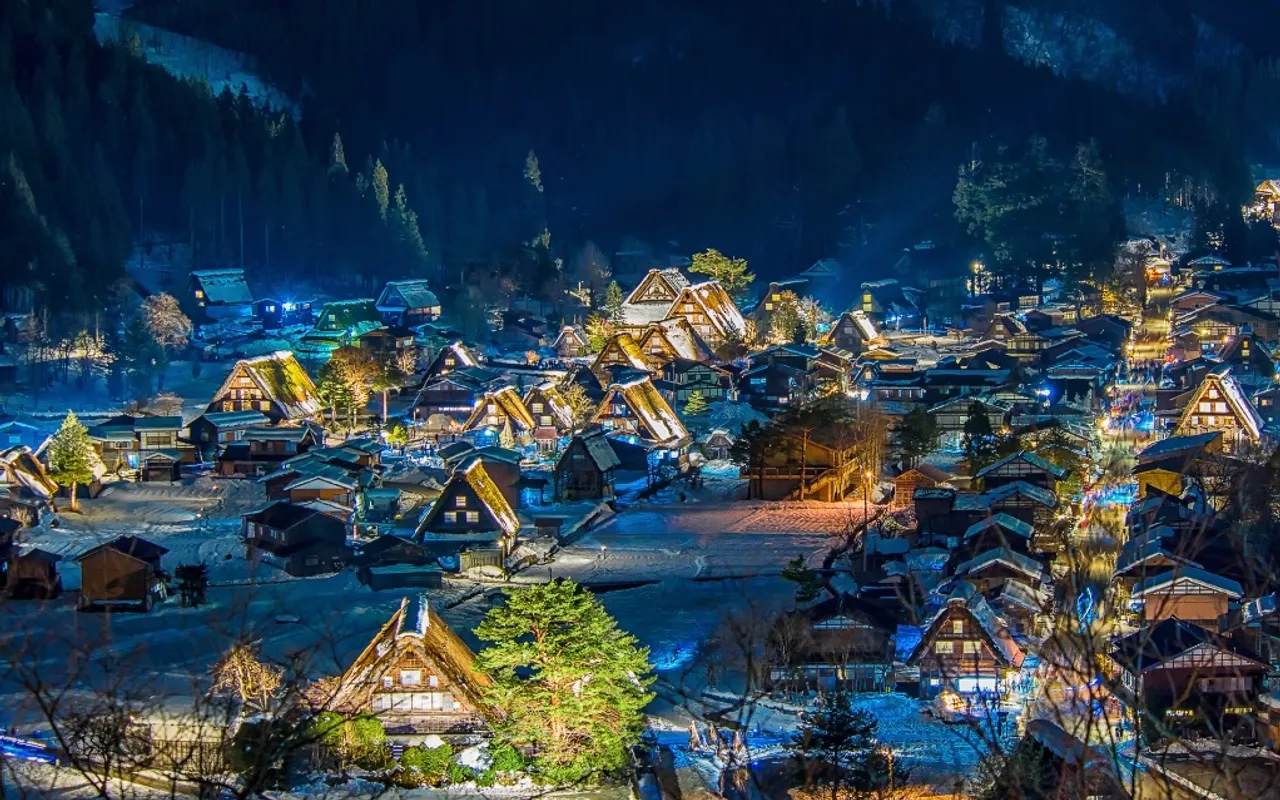
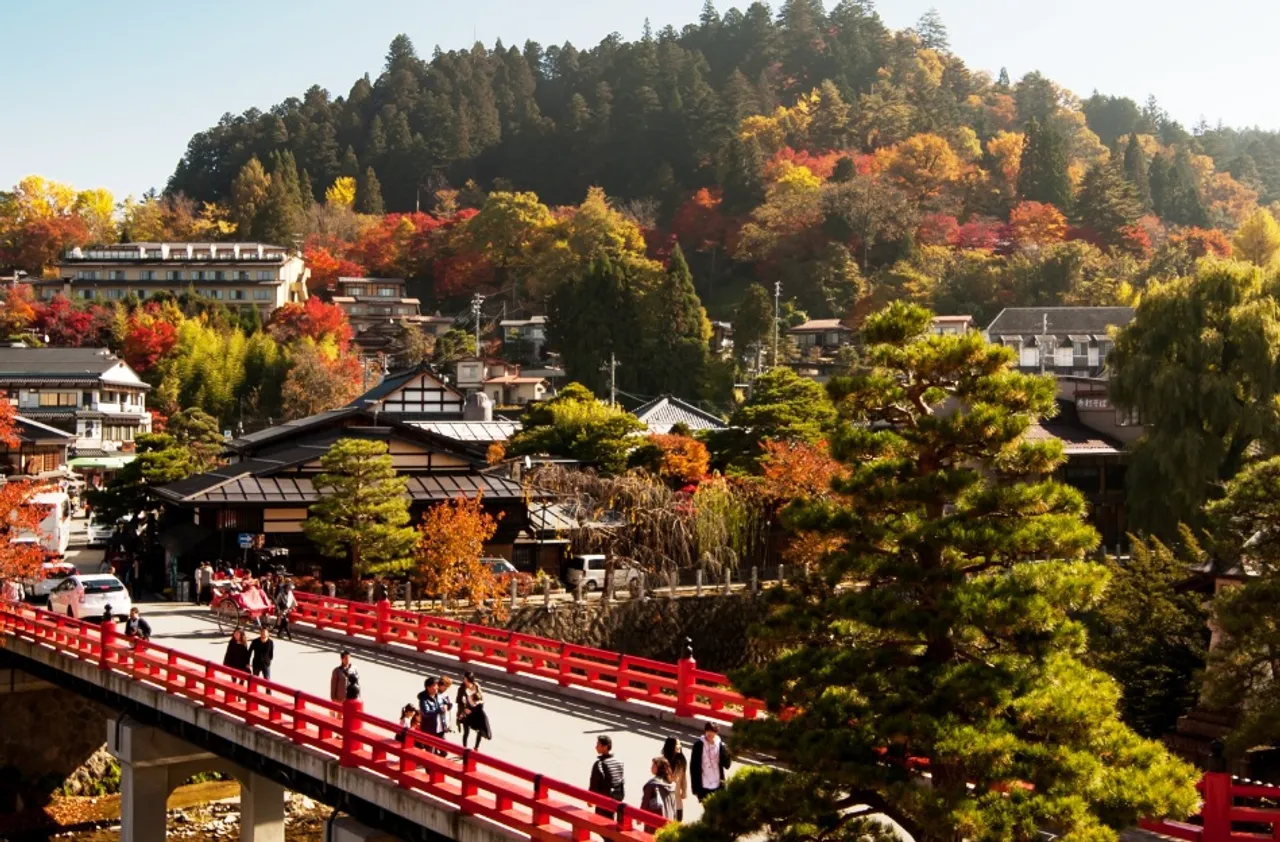
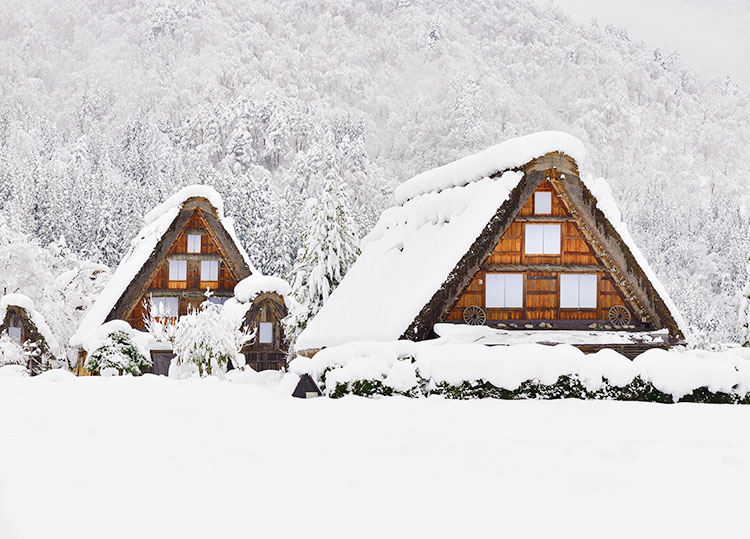
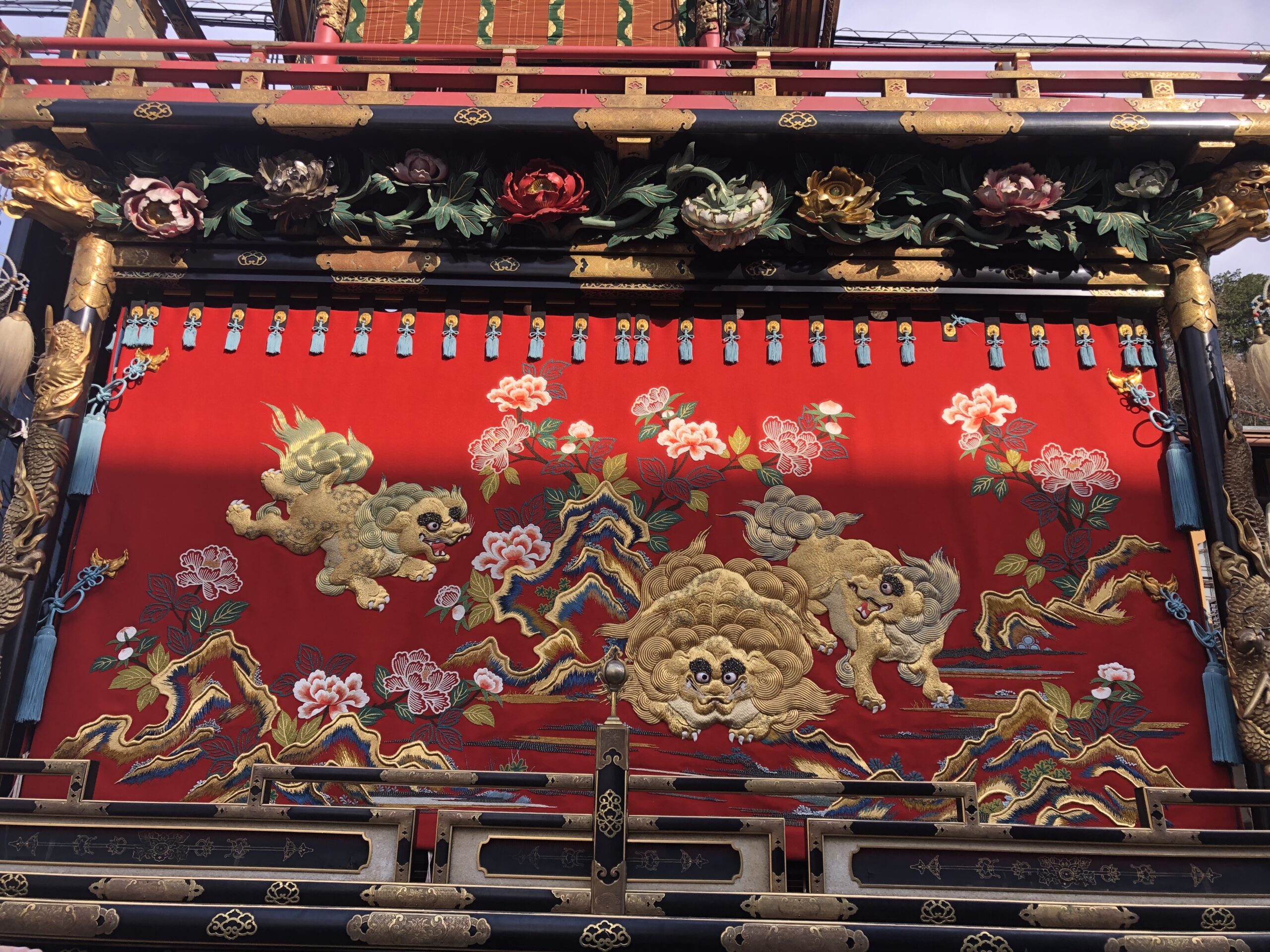
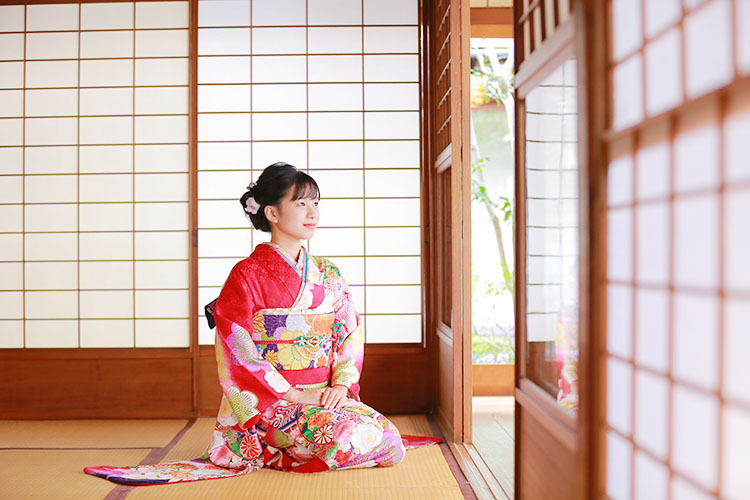
Transportation Details
Type: Private Transportation / Category: Suv
Toyota 7 passenger van Car is insured unlimited for people in car. Wheelchair can be acceptable but must be able to fold, also on/off the car without assistance
What's included
・Private Guide
・Private Transportation
What's extra
・Tickets: Admission tickets
・Food Drinks Snacks
・Other: Gasoline, Insurance, Toll and Parking fixed 20,000 by cash when we first meet.
Meeting location
Nagoya, Aichi, Japan
Hotel or any station in Nagoya
Reservation Status
- please ensure to choose dates not indicated "Reserved", "Occupied" or "Closed"
Tour Flow
Please see here for the process of Tour from reservation.
Takayama boasts several historical places, offering a glimpse into its rich past. Key locations include the Takayama Jinya, the only remaining government house of the Edo period, the beautifully preserved Takayama Old Town with its Edo-era architecture, and the Hida Folk Village, an open-air museum showcasing traditional buildings. Other notable sites include the Sakurayama Hachimangu Shrine and the Hida Kokubunji Temple.
- Takayama Jinya:This former government building, once the seat of the local magistrate during the Edo period, is the only one of its kind remaining in Japan. It provides a fascinating insight into the administrative structure and daily life of that era.
- Takayama Old Town:This area, particularly the Sanmachi district, is renowned for its well-preserved merchant houses and streets, evoking the atmosphere of the Edo period. The buildings, with their traditional architecture and wooden facades, offer a picturesque glimpse into the past.
- Hida Folk Village:This open-air museum features over 30 traditional buildings relocated from various parts of the Hida region, showcasing the region's architectural styles and rural life. Visitors can explore these buildings, some with distinctive thatched roofs, and learn about the local culture and history.
- Sakurayama Hachimangu Shrine:One of the oldest shrines in Takayama, it dates back to the 4th century and is dedicated to Hachiman, the god of war. The shrine is a focal point of the community and a place of spiritual significance.
- Hida Kokubunji Temple:Established in the 8th century under imperial decree, this temple is the oldest in Takayama and has served as a cultural and spiritual landmark for over 1200 years.
Overview of Takayama’s History
Takayama (高山) is a city located in Gifu Prefecture, in the mountainous Hida region of central Japan. Often referred to as Hida-Takayama, it is known for its well-preserved Edo-period streets, traditional craftsmanship, and historical ties to both regional and national power structures.
Early History
- Jomon & Yayoi Periods (14,000 BCE – 300 CE):
Archaeological evidence shows human activity in the Hida region from ancient times. People lived in small settlements and practiced hunting, fishing, and early forms of agriculture. - Nara Period (710–794):
The region became more integrated into the early Japanese state. The name "Hida" appears in official chronicles, indicating its importance even in early Japanese history.
Medieval Period
- Feudal Rule:
During the feudal period, Hida was governed by various powerful families. The Anekōji clan ruled the area until they were defeated by Kanamori Nagachika, a retainer of Toyotomi Hideyoshi, in the late 16th century. - Kanamori Clan (1586–1692):
The Kanamori family was appointed as lords of Takayama Castle. Under their rule, Takayama was developed into a castle town, and urban planning began. Takayama also became known for its artisans and carpenters.
Edo Period (1603–1868)
- Direct Shogunate Control:
In 1692, the Tokugawa shogunate took direct control of the Hida region, making it a tenryō, or territory ruled directly by the central government. This was unusual, as most areas were ruled by local daimyo. - High-Quality Timber:
The region was rich in forests, especially Japanese cypress (hinoki), which was highly valued by the shogunate. Local carpenters, known as Hida no Takumi, were respected for their craftsmanship and contributed to the construction of temples and castles across Japan.
Modern Period
- Meiji Restoration (1868):
With the abolition of the feudal system, Takayama became part of the new Gifu Prefecture. The castle was destroyed, and the area was reorganized under modern administrative systems. - 20th Century Development:
Takayama remained somewhat isolated due to its mountainous location, which helped preserve its traditional architecture and culture. The Takayama Festival, dating back to the 17th century, is still held twice a year and is one of Japan’s most beautiful festivals.
What is Takayama Jinya?
Takayama Jinya is a former administrative headquarters (jinya) used by the Tokugawa shogunate to govern the Hida region (now part of Gifu Prefecture). It is the only remaining building of its kind in Japan, preserved in its original form and open to the public.
Historical Background
1. The Early Governance of Hida (Pre-1692)
Before Takayama Jinya was established as a Tokugawa facility, the Hida region was ruled by feudal lords (daimyō). One of the most notable was Kanamori Nagachika, who governed Takayama after 1586 under the order of Toyotomi Hideyoshi. He developed the area into a castle town, centered around Takayama Castle.
However, in 1692, the Kanamori clan was transferred to another domain, and the shogunate took direct control of Hida — a rare status known as tenryō (天領). The region's rich forest resources, especially valuable timber like hinoki (Japanese cypress), made it strategically important to the shogunate.
2. Establishment of Takayama Jinya (1692)
To govern the area directly, the Tokugawa shogunate established Takayama Jinya as a regional administrative center. This jinya functioned as:
- The residence and office of the daikan (代官) or later the gundai (郡代) — Tokugawa-appointed magistrates
- The site for tax collection, legal proceedings, land surveys, and regional governance
The facility replaced the castle as the administrative heart of the area. Parts of the old Takayama Castle structures were reportedly reused in the construction of the jinya.
3. Role of the Gundai
The gundai who administered the region from Takayama Jinya were responsible for:
- Managing over 60 villages across the Hida region
- Collecting tribute rice (nengu) and overseeing timber production
- Resolving civil and criminal cases
- Supervising infrastructure and agriculture
During the Edo period, 25 magistrates served at Takayama Jinya. They typically rotated every few years, arriving from Edo (Tokyo), which helped ensure loyalty to the shogunate rather than to the local population.
4. Architectural Features
Takayama Jinya functioned as both a government office and residence, and it includes:
- Administrative rooms: Offices for record-keeping, tax processing, and local governance
- Audience halls: Where commoners and officials could present matters to the gundai
- Courtroom: Used for trials and disputes
- Storehouses (kura): Especially the rice granary, used to store tax rice collected from farmers
- Living quarters: For the gundai and his officials
The building showcases Edo-period construction techniques, with tatami-matted rooms, wooden beams, and inner gardens.
5. Meiji Restoration and Beyond
After the Meiji Restoration (1868) and the abolition of the feudal system, Takayama Jinya continued to function as a prefectural office until 1969. Recognizing its historical significance, it was restored and opened to the public as a museum in 1970.
In 1929, it was designated a National Historic Site (史跡) by the Japanese government.
Significance of Takayama Jinya
- It is the only surviving Edo-period jinya in the country, offering a rare glimpse into regional governance under the Tokugawa system.
- The site is invaluable for understanding the administrative, legal, and economic systems of Edo-period Japan.
- It reflects the political strategy of the Tokugawa shogunate to centralize control over strategically important but geographically distant regions.
- The building’s preservation has made it a core element of cultural tourism in Takayama, alongside the old town streets and traditional festivals.
Would you like a translated explanation of this in Japanese, or are you preparing to use this for academic writing?